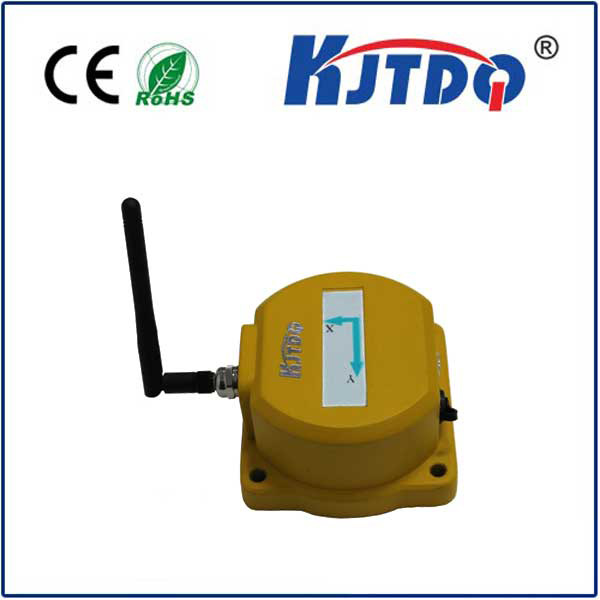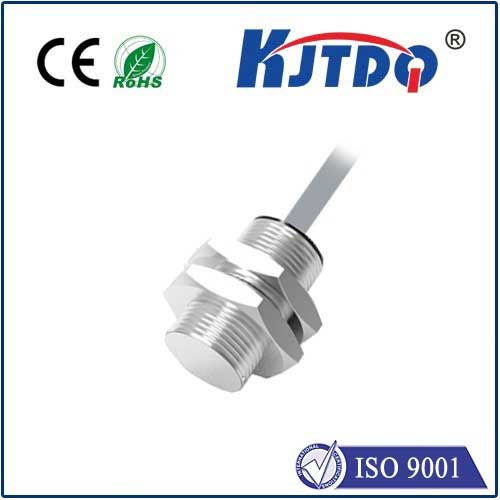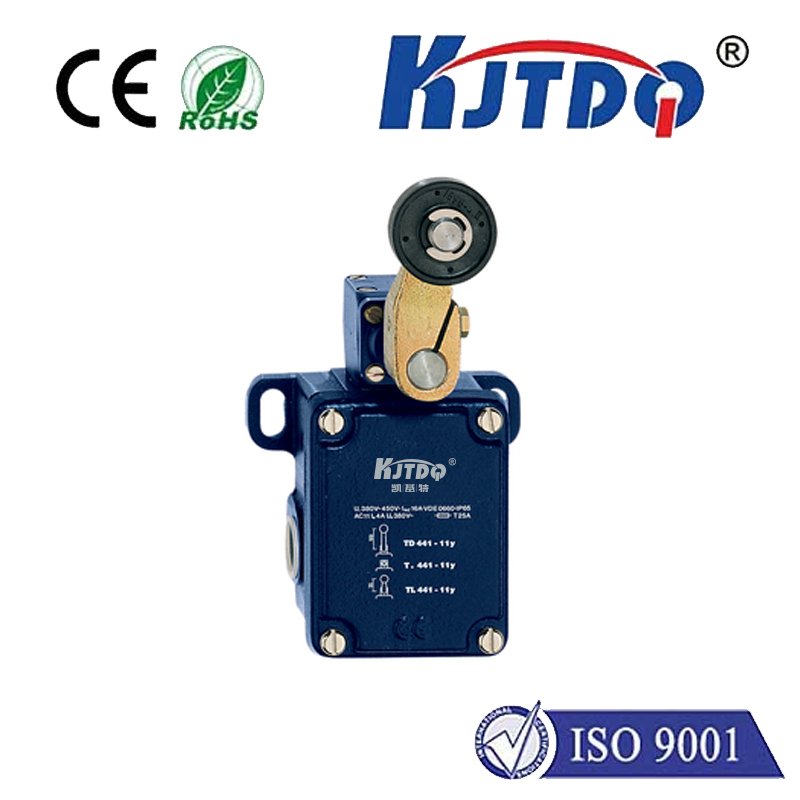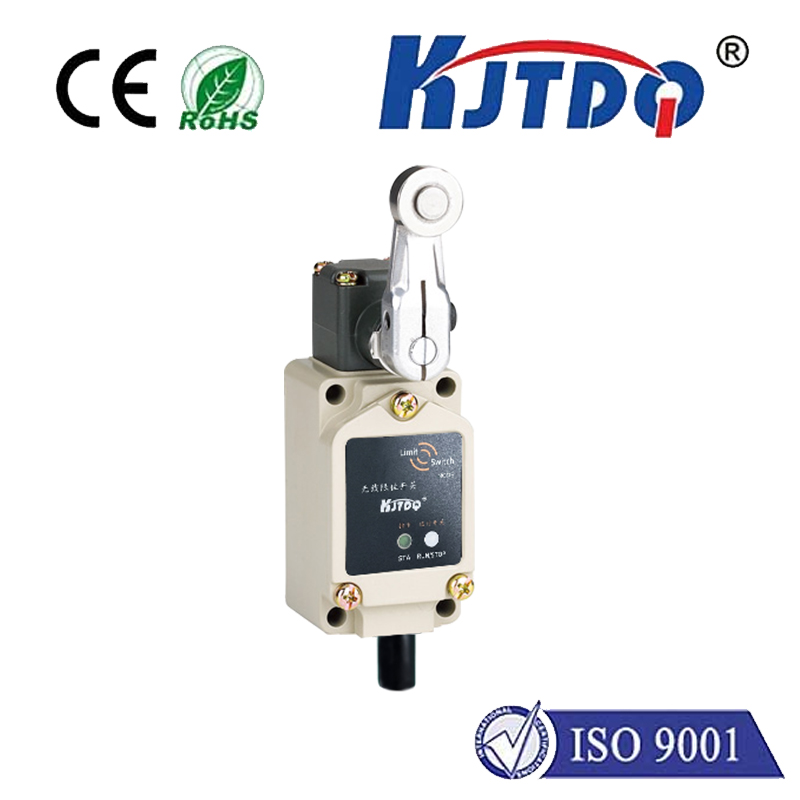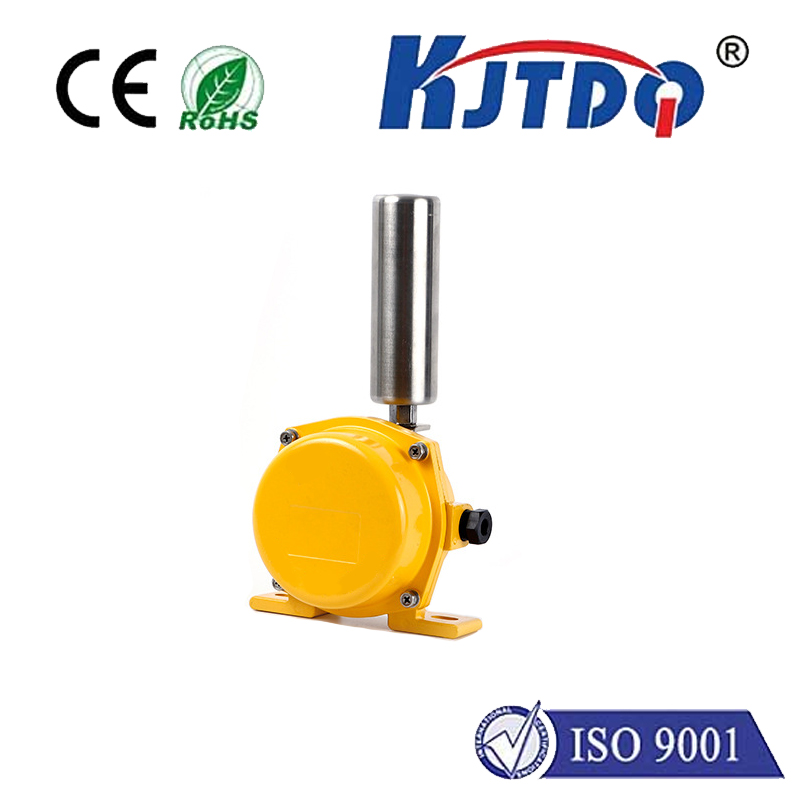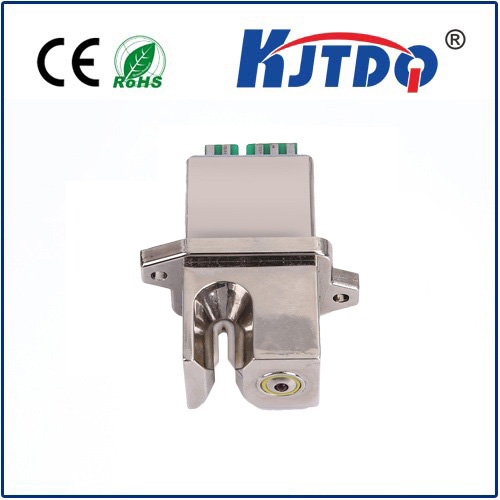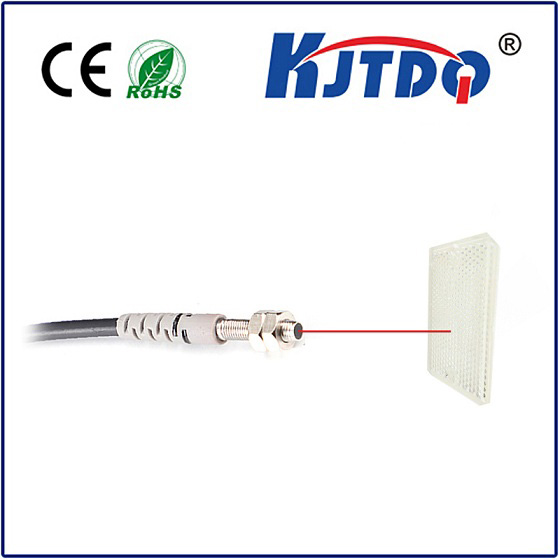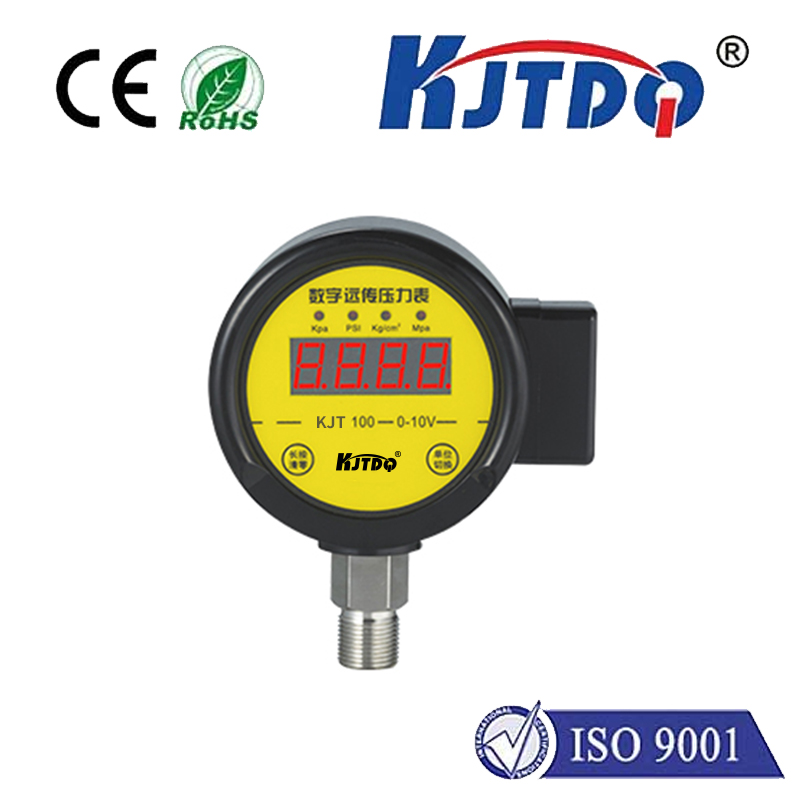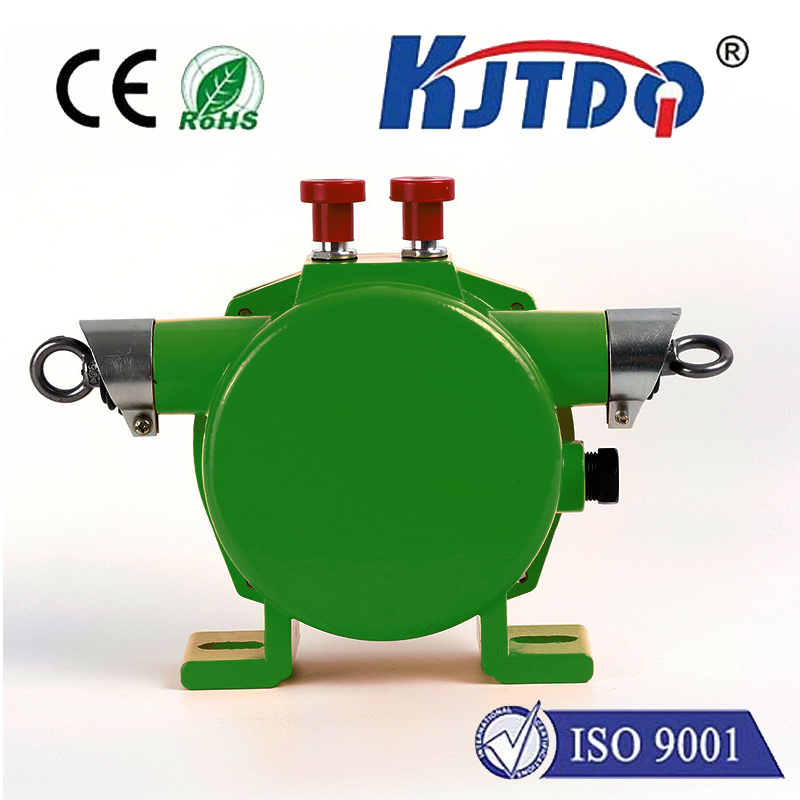
check

check

check

check
A current limit switch is a device used to measure and control the flow of electricity in a circuit. It works by detecting the current flowing through the circuit and triggering an alarm or shutting down the system when the current exceeds a preset limit. This article will explore the function, types, and applications of current limit switches.
Functions of a Current Limit Switch
The primary function of a current limit switch is to protect electrical systems from damage caused by excessive current flow. When the current exceeds the set limit, the switch trips and disconnects the power supply, preventing further damage to the system. In addition, it also helps to prevent fires caused by overheating due to excessive current flow.

Types of Current Limit Switches
There are two main types of current limit switches: thermal and magnetic. Thermal current limit switches use a bimetallic strip that heats up when the current flow increases, causing the strip to bend and trip the switch. Magnetic current limit switches use an electromagnet that attracts a metal lever, causing the switch to trip when the current reaches a certain level.
Applications of Current Limit Switches
Current limit switches are widely used in various industries such as manufacturing, construction, and transportation. They are commonly found in electrical panels, motor control centers, and distribution boards. Some specific applications include protecting motors from overload, controlling lighting systems, and safeguarding industrial machinery.
Conclusion
In conclusion, understanding the basics of a current limit switch is essential for anyone working with electrical systems. It provides protection against damage caused by excessive current flow and helps prevent accidents such as fires. By choosing the right type of current limit switch for your application, you can ensure the safety and reliability of your electrical systems.
